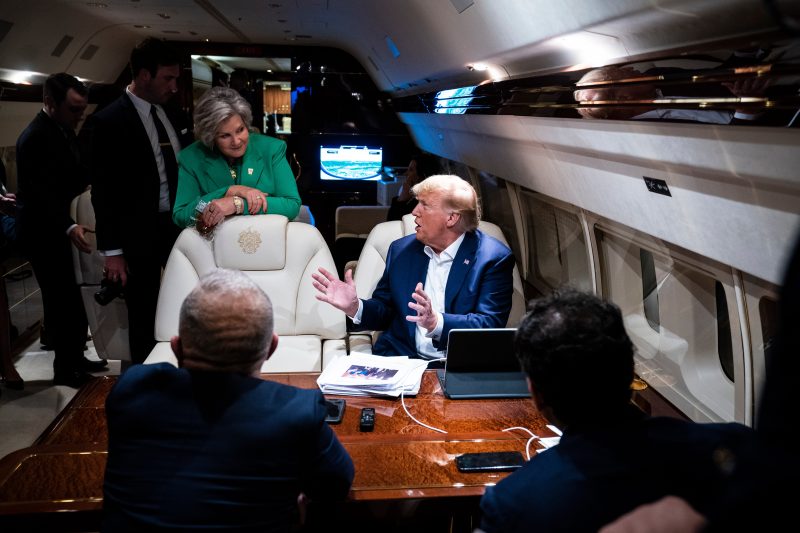In examining the current political landscape in the United States, it is essential to address President Donald Trump’s original promise to drain the swamp and how this pledge has evolved over the past eight years. Trump’s initial campaign rhetoric in 2016 centered around the idea of tackling corruption in Washington, D.C., and reducing the influence of special interests on government policy.
However, as Trump’s presidency unfolded, many have observed a stark contrast between his anti-establishment stance and the reality of his administration’s actions. Numerous critics argue that rather than draining the swamp, Trump has instead become a prominent figure within it, benefiting from connections to wealthy donors and corporate interests.
One significant aspect that critics point to is the extensive use of executive orders and deregulation during Trump’s time in office. While some of these measures aimed to cut bureaucratic red tape and stimulate the economy, others have been viewed as favoring industry insiders and dismantling environmental protections. The revolving door between the Trump administration and corporate lobbyists has also raised concerns about conflicts of interest and the integrity of policymaking processes.
Furthermore, Trump’s personal financial dealings have come under scrutiny, with ongoing debates regarding his business empire and potential conflicts with his role as president. The lack of transparency surrounding his tax returns and the profits generated by his properties have fueled suspicions of unethical behavior and the prioritization of personal gain over public interest.
In addition to these policy and financial considerations, Trump’s leadership style and rhetoric have played a significant role in shaping public perceptions of his commitment to draining the swamp. His divisive language, attacks on the media, and dismissal of political norms have raised questions about his respect for democratic institutions and accountability.
Despite the initial hopes of his supporters that Trump would disrupt the status quo in Washington, the reality of his presidency has left many disillusioned. The swamp that he pledged to drain appears to have only grown deeper, with critics arguing that Trump’s administration has perpetuated the very systemic issues he promised to address.
As the United States transitions to a new presidential administration, the legacy of Trump’s tenure and his swamp-draining promise will undoubtedly continue to be debated and scrutinized. The enduring question remains: did Trump swim in the swamp he vowed to drain, or did he manage to make meaningful changes to the political landscape of the country? The answer to this question may shape how history ultimately judges his presidency and its impact on American governance.



























